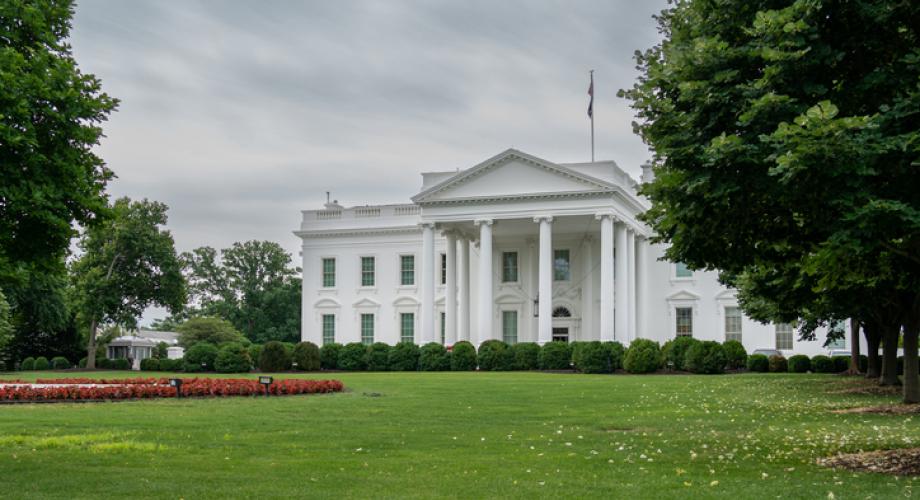On June 26, 2023, the White House took another step in rolling out historic broadband deployment funding by announcing state-level allocations. This much-anticipated announcement will guide how the Biden Administration, through the National Telecommunications and Information Administration (NTIA), will distribute over $42.5 billion to states, territories and tribes to fund broadband infrastructure through the Broadband Equity Access and Deployment (BEAD) Program.
Congress asserted eligibility and programmatic criteria for funding when it established the BEAD Program as part of the bipartisan infrastructure law. Congress intentionally included making low-income multifamily communities eligible for funding to deploy or upgrade broadband infrastructure, or to provide reduced cost or free broadband service to residents. In the same stroke, Congress granted significant flexibility to states and other eligible entities[1] in how these funds would be disbursed and what technologies would be supported.
The funding level for each state was determined using broadband maps developed by the Federal Communications Commission (FCC), demonstrating areas of the country that are unserved or underserved. Review of the announced allocations shows that there remain significant program dollars available for organizations that qualify as subgrantees under the eligible entities’ Initial Proposal.
Funding Recipients and Opportunities to Access Program Funds:
The recently announced recipients of BEAD and Digital Equity Program funds are accessible on the NTIA’s Internet for All website. As you can see, much of the awarded funds have yet to be publicly allocated and there remains opportunity for interested parties to access program resources as an eligible subgrantee under individual state broadband office Initial Proposal submissions.
As states prepare another round of grant disbursement proposals over the next six months, the door is open for interested stakeholders to begin due diligence in preparing materials and engaging with their state broadband offices for identification as an eligible subgrantee under that state’s broadband office’s Initial Proposal. A directory of state broadband offices can be found here.
Prospective entities should work in conjunction with their state broadband office in preparing proposals for projects and consideration as eligible subgrantees in states’ Initial Proposal- grant disbursement proposal filings, which opened for submissions on July 1, 2023. The NTIA will review for approval these Initial Proposals, which will occur on a rolling basis. Once approved, eligibilite entities like states will be permitted to request access to at least 20 percent of the allocated funds for disbursement to eligible subgrantees who are responsible for implementing the Administration’s mandate.
To learn more about the BEAD Program, see NAA’s coverage- Funding Guidance Signals More Internet Deployment in Housing.
For more information on NAA’s regulatory advocacy on broadband policy, please contact Joe Riter, NAA’s Senior Manager, Public Policy.
Special thanks to Kevin Donnelly, Vice President, Government Affairs, Technology and Strategic Initiatives at the National Multifamily Housing Council for co-authoring this latest update.
[1] Eligible entities include: (1) States; (2) Washington, D.C.; (3) Puerto Rico; (4) U.S. Virgin Islands; (5) Guam; (6) American Samoa; and (7) The Commonwealth of the Northern Mariana Islands.
